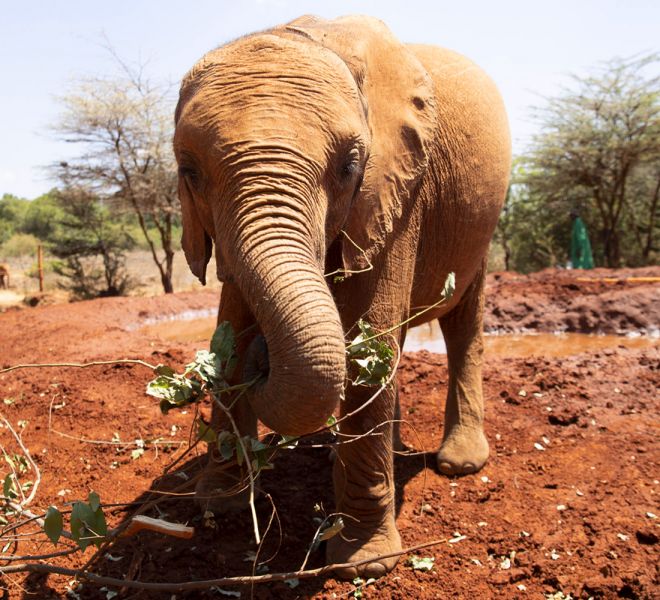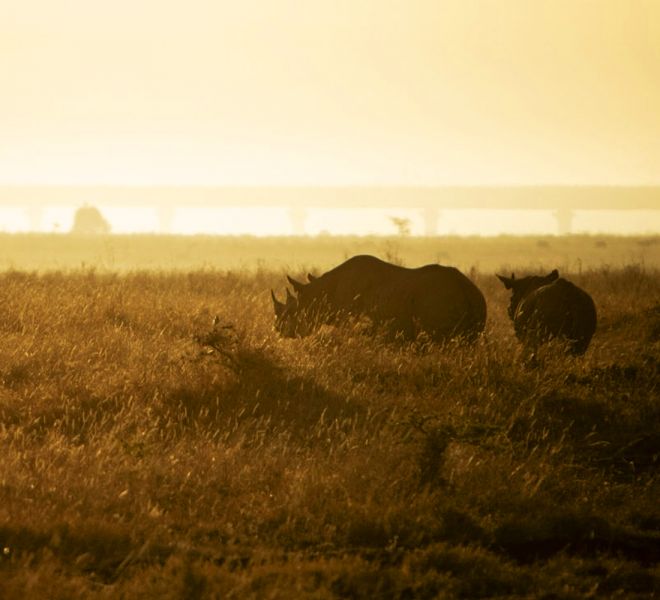Porini Locations
Nairobi National Park
Camps & Itineraries
| Porini camps in the Nairobi National Park | Nairobi Tented Camp |
| Porini Itineraries including Nairobi National Park | Savannah Safari Simba Safari Twiga Safari Laikipia & Mara Safari |
Nairobi National Park
Lush forests, marshy wetlands and open savannah swarming with wildlife on the doorstep of Africa’s most dynamic urban centre
Nairobi National Park is unique as the only protected wildlife area in the world with such a huge variety of animals and birds close to a capital city. It is a principal attraction for visitors to Nairobi and also serves many local residents.
As a successful rhino sanctuary, the park has an excellent record for supporting the species and nurturing them until they are re-located to their former range and to other upcoming sanctuaries. Due to this success, it is one of the few parks where a visitor can be certain of seeing a black rhino in its natural environment.
Nairobi National Park is a 117 km2 area including a diverse range of habitats with a wealth of flora and fauna. There are vast tracts of open grass plains with scattered acacia bush. There is a highland dry forest on the western side of the park and to the south there is riverine forest and a permanent river.
There are also stretches of broken bush and deep, rocky valleys and gorges with scrub and long grass. Further environments have been created by man-made dams and these have attracted certain species of birds and aquatic life. During the dry season the dams also attract water-dependent herbivores.
Biodiversity
Nairobi National Park
Nairobi National Park has over 400 species of bird (some are seasonal). Northern migrants pass through the park primarily during late March through April.
To the south of the park is the Athi-Kapiti Plains and Kitengela Migration and dispersal area. These are vital areas for herbivores dispersal during the rains and concentrate in the park in the dry season. The herbivores attract various predators, including leopards, cheetahs, hyenas and lions.rants pass through the park primarily during late March through April.


















